Since April 1943, the Viet Minh Cultural Salvation Association was established, the Indochinese Communist Party wrote the Vietnamese Cultural Outline and attracted many patriotic intellectuals. At this time, the Japanese fascists had kicked out and disarmed the French in Indochina, they implemented a harsh policy of forcing our people to uproot rice to plant jute, uproot corn to plant castor oil... Faced with the suffering of the nation, could the artists helplessly give up? Not only Van Cao but other intellectuals also had similar concerns.
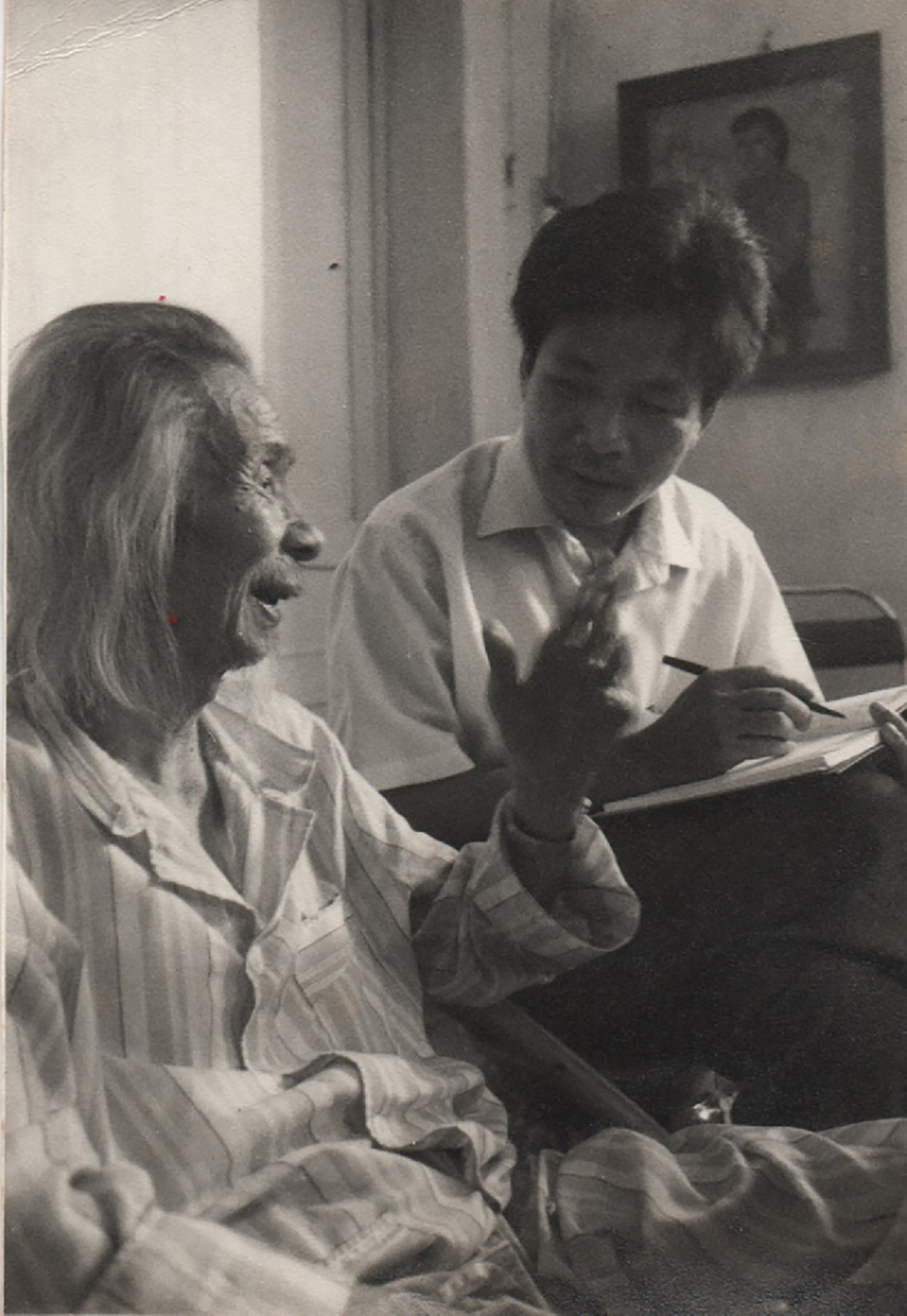 |
| Author Le Minh Quoc interviewed musician Van Cao in Hanoi (1990). |
Then Van Cao met a Viet Minh cadre named Vu Quy, who had followed Van Cao's artistic activities for many years and had a positive influence on guiding a great talent to follow the revolution. He was assigned to be in charge of printing at Phan Chau Trinh's agency, printing books, newspapers and secret leaflets; and in charge of the Honor Guard to fight traitors. Revolutionary activities gave him the inspiration to write an immortal song.
On July 7, 1976, he wrote the article "Why I wrote Tien Quan Ca", this is an important document that helps future generations visualize the circumstances of the conception and birth of the National Anthem of Vietnam, in which there is a passage telling that Mr. Vu Quy assigned Van Cao to "compose a song for our revolutionary army".
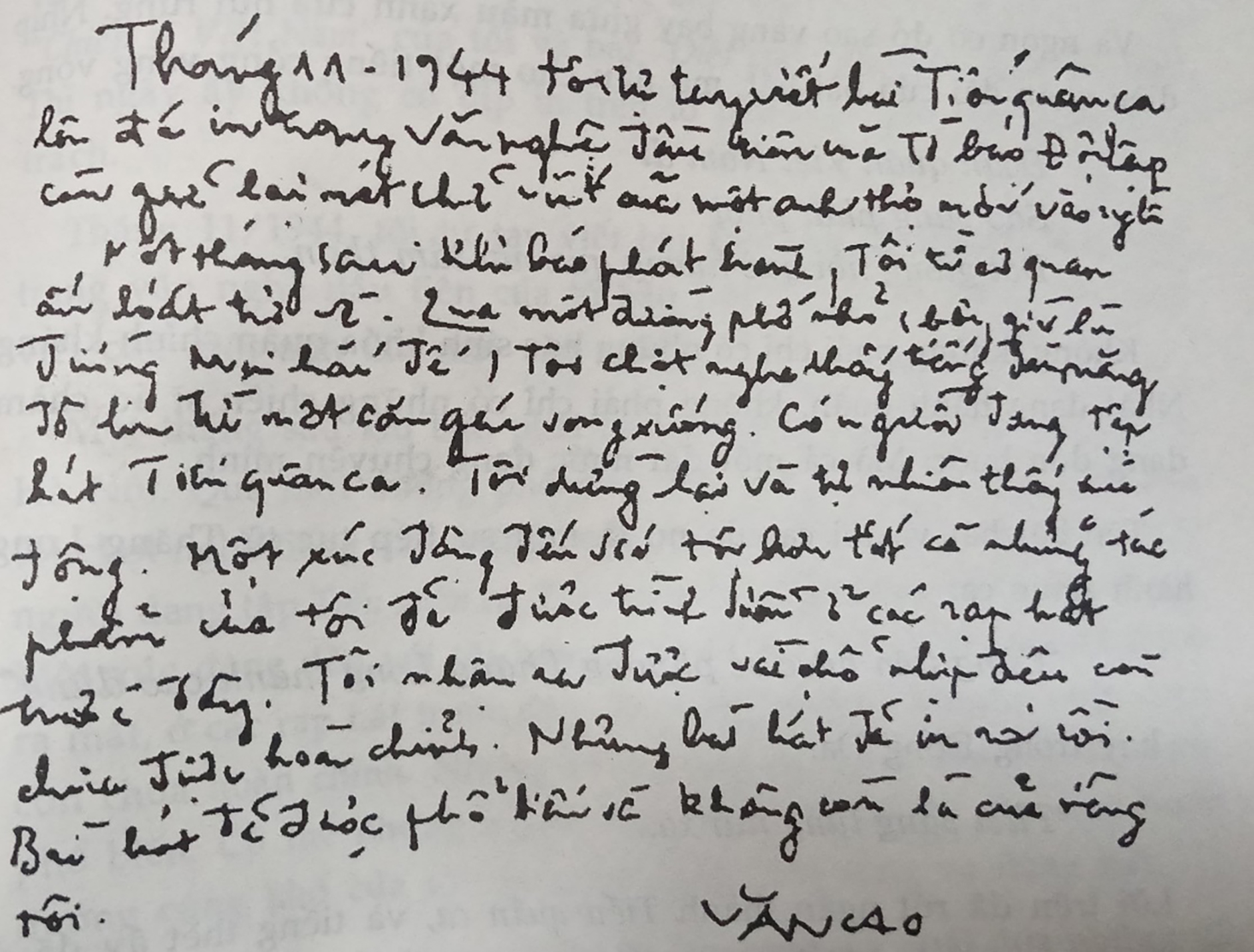 |
| Autograph of musician Van Cao. |
Van Cao continued: “I was waiting to receive a gun and join the armed forces. I was preparing for an action that could be a risky sacrifice, not preparing to return to writing songs. It was hard to think about art at that time. I kept walking until the street lights came on. Under a tree, the shadows of several hungry, naked people were spread out on the cold lake. They were boiling something in a tube of cow's milk. The dark purple flame flickered in their eye sockets. There was a little girl. She was about three years old. I vaguely thought I saw my granddaughter again. Her eyes were like those of a kitten. The little girl had no clothes on. She sat far away, watching the adults warming themselves by the fire. It seemed that she was not one of those people's children. It seemed that she was a lost child and not my granddaughter. She was really dead. She might have been among the people who died of starvation along the Nam Dinh - Hai Phong road. I suddenly burst into tears, and turned away. That night, when I returned to the attic, I wrote the first musical line of the song Tien Quan. song
Specifically, at that time, he said: “I have not known the war zone, I only know the streets of Ga Street, Hang Bong Street, and Bo Ho Street as I used to go. I have not met our revolutionary soldiers in that first military course, and I do not know how they sing. Here I am thinking of a way to write a very simple song, so that they can sing it.
The Vietnamese army went
Together to save the country
Footsteps echoed on the bumpy road far away...
And the red flag with yellow star flies among the green of the mountains and forests. The long rhythm of the song, opens with a resounding gong.
The Vietnamese army went
The golden star flutters
Leading the homeland through the misery...
No, it's not just the students of the anti-Japanese military school marching, it's not just the soldiers in blue shirts marching. It's the whole country that's changing.
The song's name and lyrics are a continuation of the Thang Long march song: "Together we march towards the tall Thang Long citadel"; or in Dong Da: "The shout resounds in the distant mountains...". The above lyrics were shortened to Tien Quan Ca, and that shout was at the climax of the song.
“Go! Shout it out!
The young man's mind is here, the place where he wishes to be.
On the desk where I work, the Liberation Flag newspaper publishes the first news of the victories at Vo Nhai. Before my eyes, the grey sky and the trees of Hanoi are no longer there. I am living in a forest somewhere up there, in Viet Bac. There are many clouds and many hopes.
The song was finished. I remember the satisfied smile of comrade Vu Quy. His face was dark. His eyes and smile were sparkling... In November 1944, I wrote the song Tien Quan Ca by hand on stone, on the first literary page of the newspaper Doc Lap, still retaining the handwriting of a new worker.
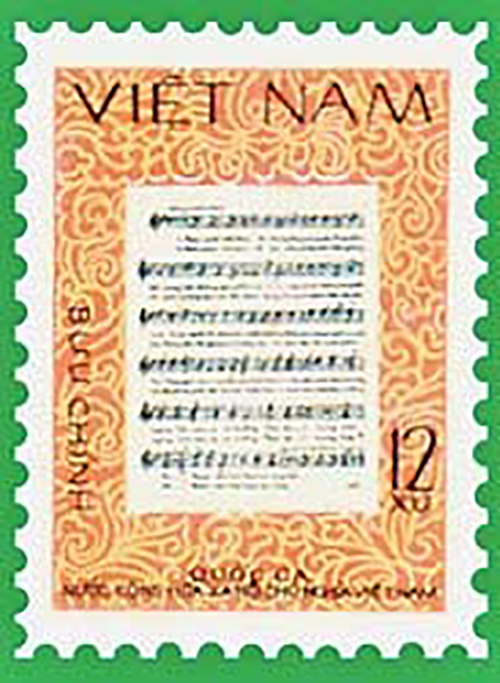 |
| Postage stamp showing the music of Tien Quan Ca. |
Then, in the days leading up to the August Revolution, musician Van Cao recounted the details very eloquently: “When it was time to act, I fell seriously ill, and had to give the weapons I was holding to another comrade. On August 17, 1945, I tried to attend a meeting of Hanoi civil servants. The red flag with a yellow star was lowered from the balcony of the Opera House. The song Tien Quan Ca exploded like a bomb. My tears flowed. Around me, thousands of voices sang, echoing the exciting passages. The sleeves of everyone, the red flags with yellow stars, replaced the dirty yellow banners of the puppet government of Tran Trong Kim. On September 18, 1945, a large meeting took place at the Opera House square. The choir of the Young Pioneers sang Tien Quan Ca, saluting the red flag with a yellow star. These young friends, now old, still remember that August morning, with its bright yellow sunshine, remember the singing voice of Their voices mingled with mine, extremely moved, saluting the revolutionary flag. Tens of thousands of voices rose up, shouting out their hatred of the imperialists, with the excitement of the victory of the revolution. The song Tien Quan Ca has belonged to the independent Vietnamese people since that day.
In the enthusiastic atmosphere of the entire people rising up to regain independence, Van Cao seemed to be young again, full of vitality in the new wind. He saw from the war zone: “So many heroic soldiers. Coldly brandishing their swords on the battlefield. The volunteer army of the South is waiting for your hand. The sacred soul of the mountains and rivers will be recorded forever...” (Vietnamese Soldiers)... Van Cao's music was unusually strong. After the August Revolution, he worked as a reporter and presenter for the Labor Newspaper of the Vietnam General Confederation of Labor. Then he joined Mr. Ha Dang An to transport money and weapons to the South.
If he had not accompanied the nation's resistance, he certainly would not have had great works that live through the years...
LE MINH QUOC
Source


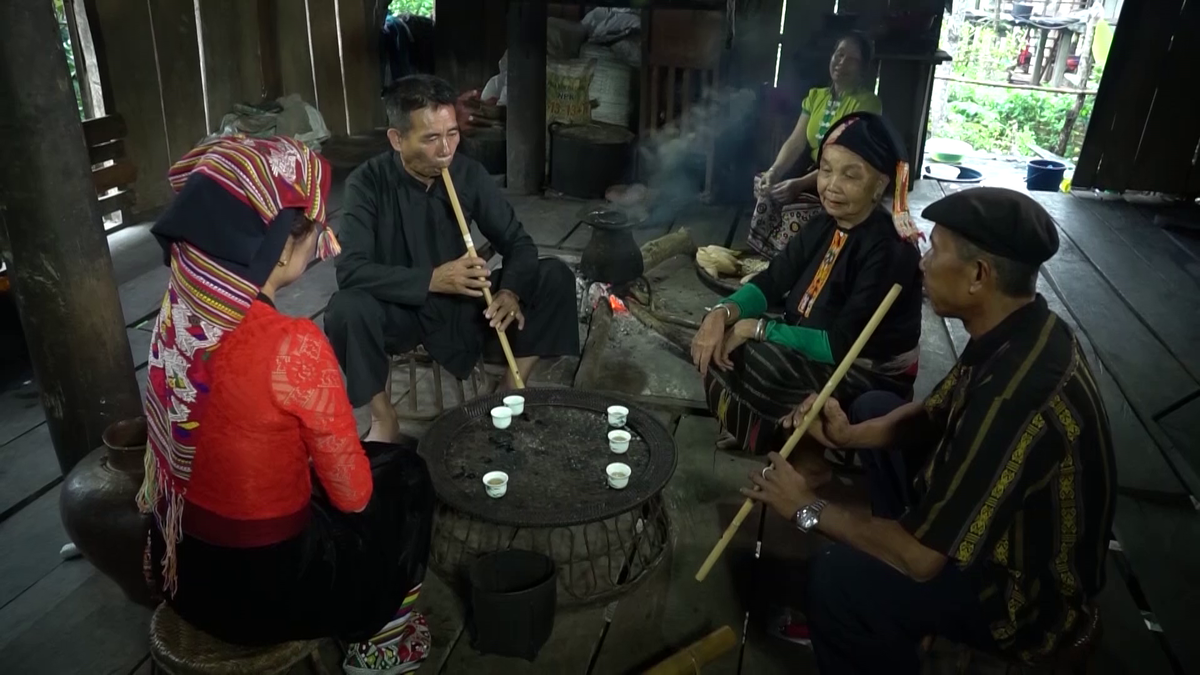

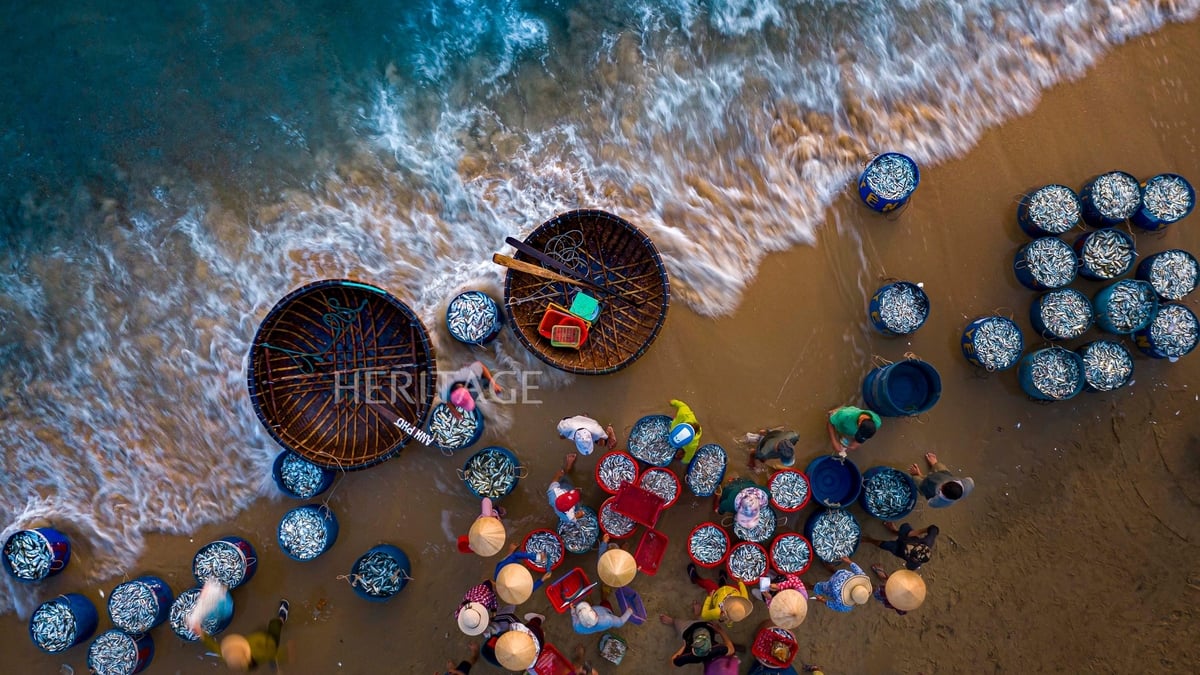

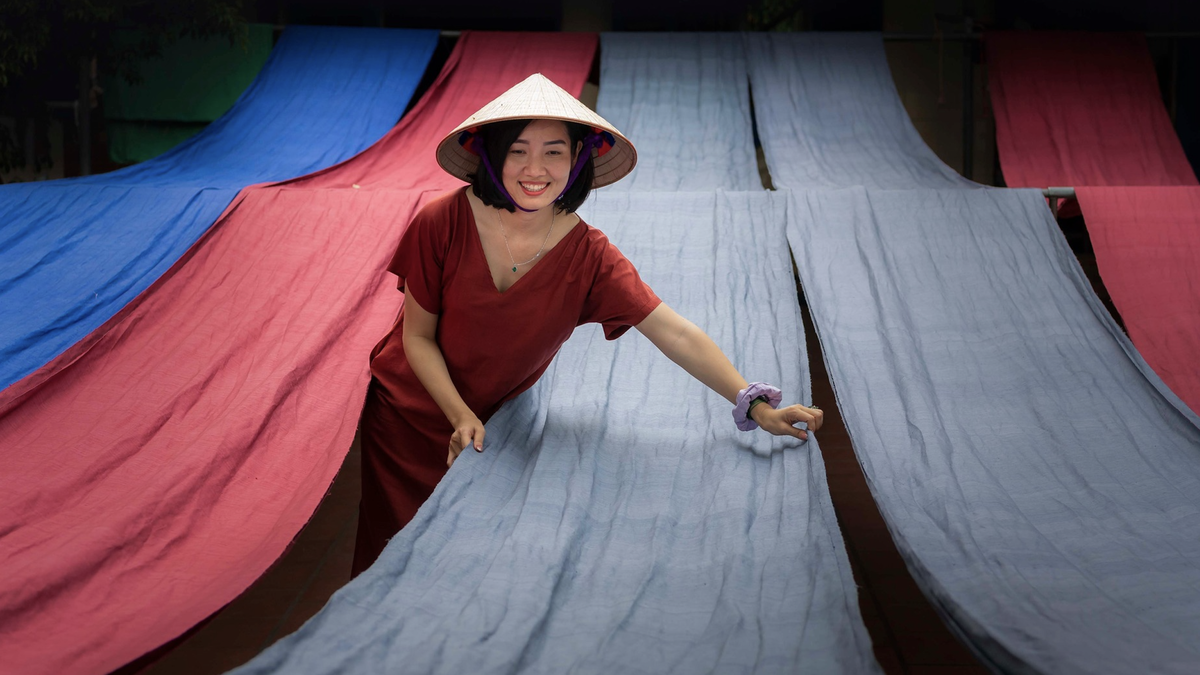




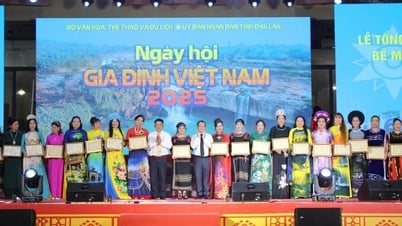

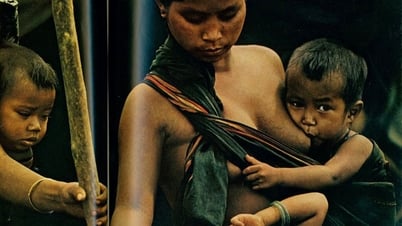
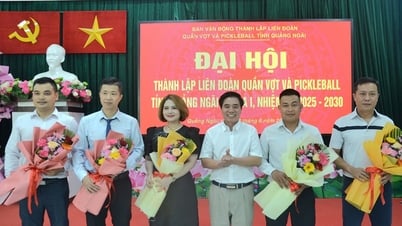

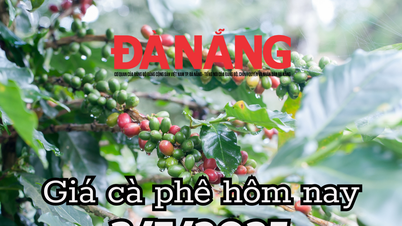

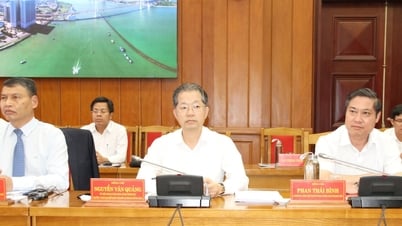

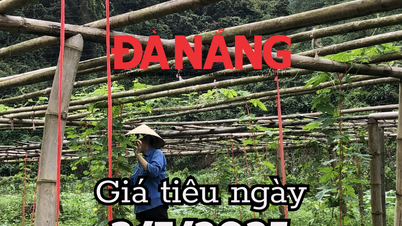
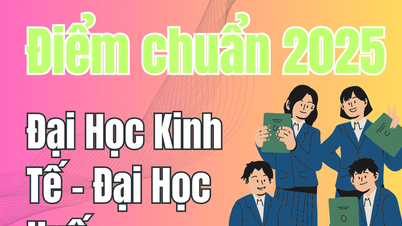
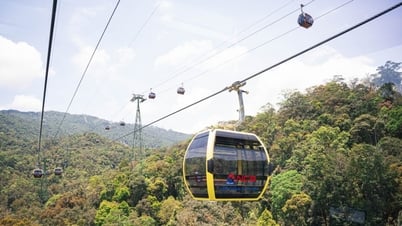




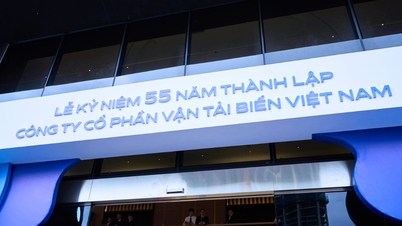

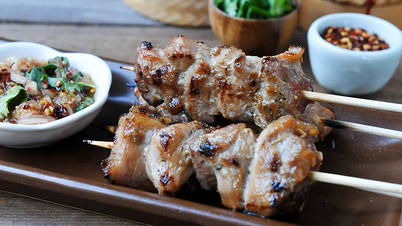


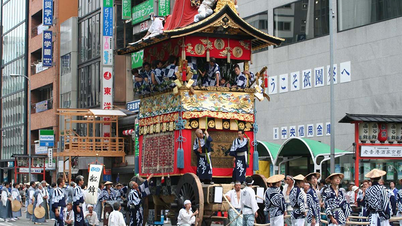

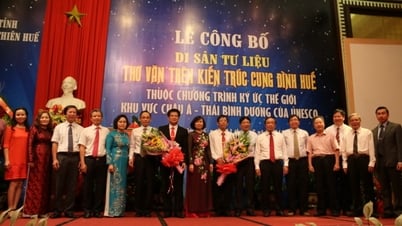

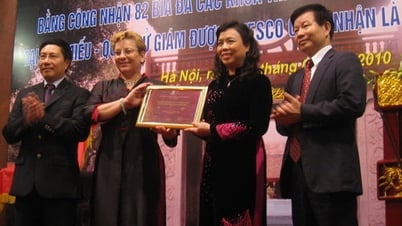

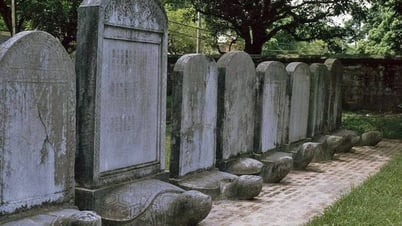

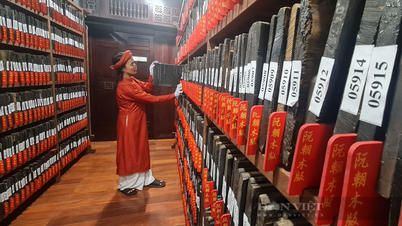

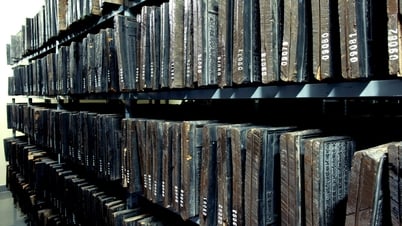



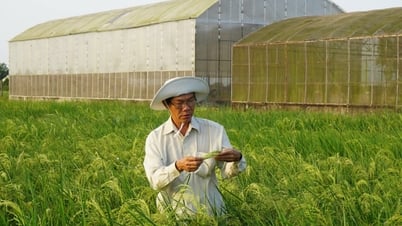

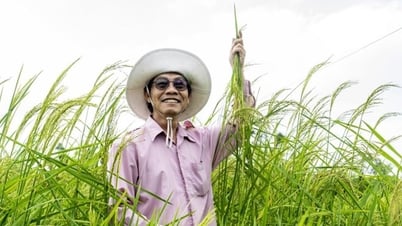

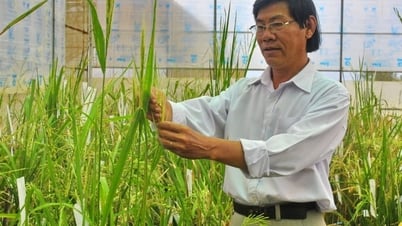

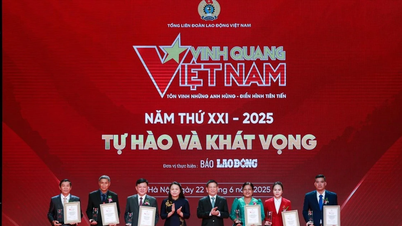

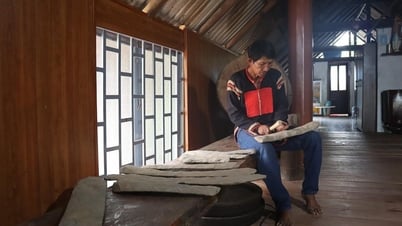
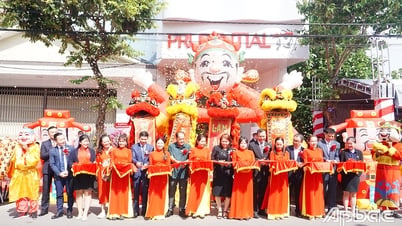

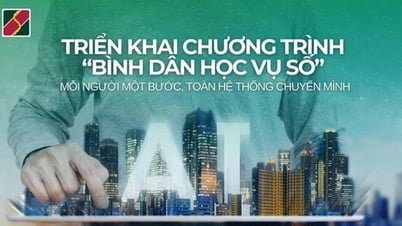

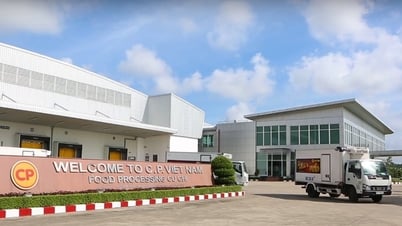


![[Photo] General Secretary To Lam attends the launch of 3 digital platforms serving the implementation of Resolution No. 57-NQ/TW](https://vphoto.vietnam.vn/thumb/402x226/vietnam/resource/IMAGE/2025/7/2/d7fb7a42b2c74ffbb1da1124c24d41d3)


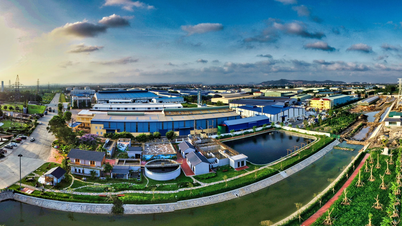

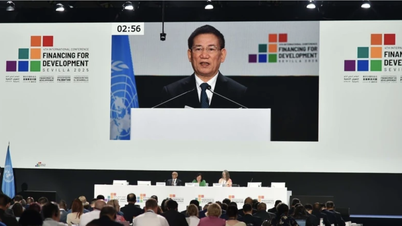




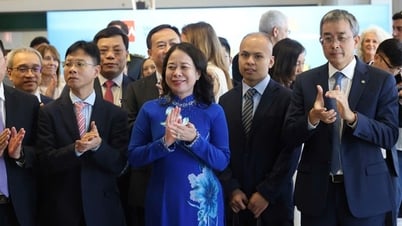


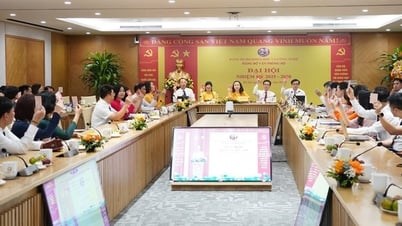


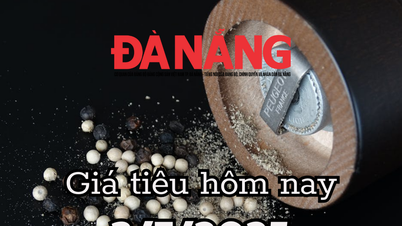


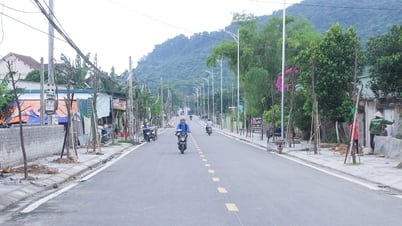
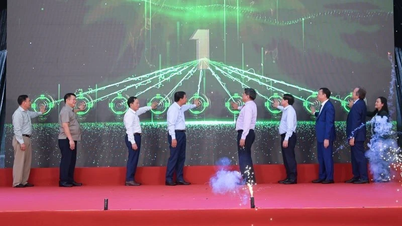











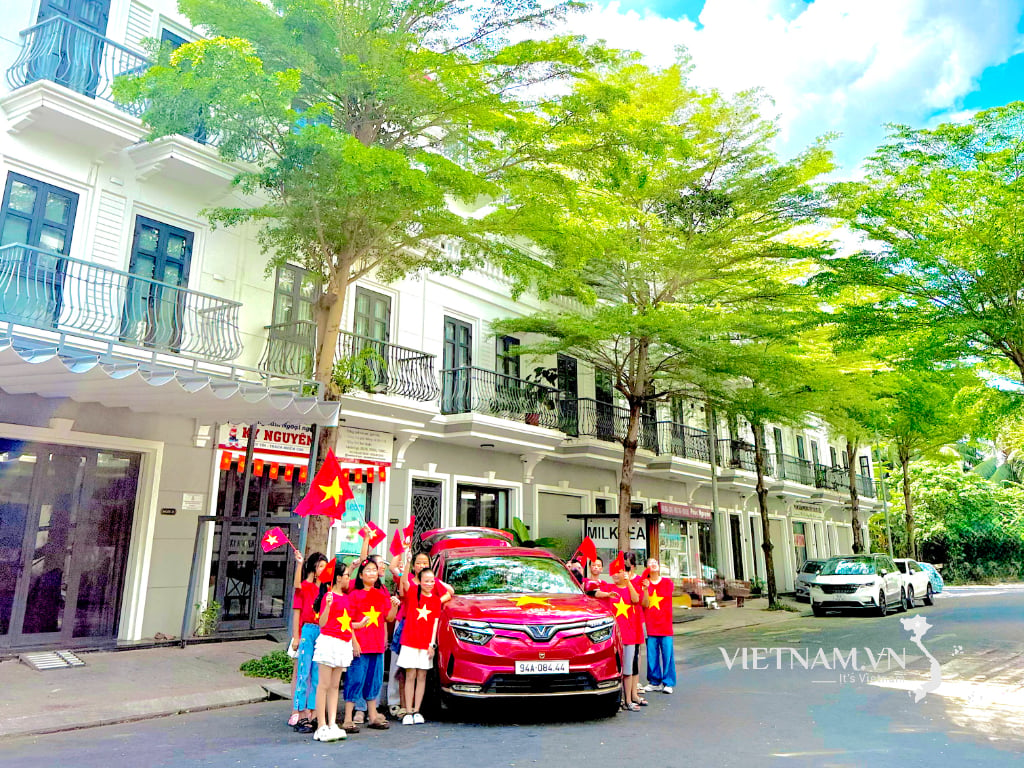
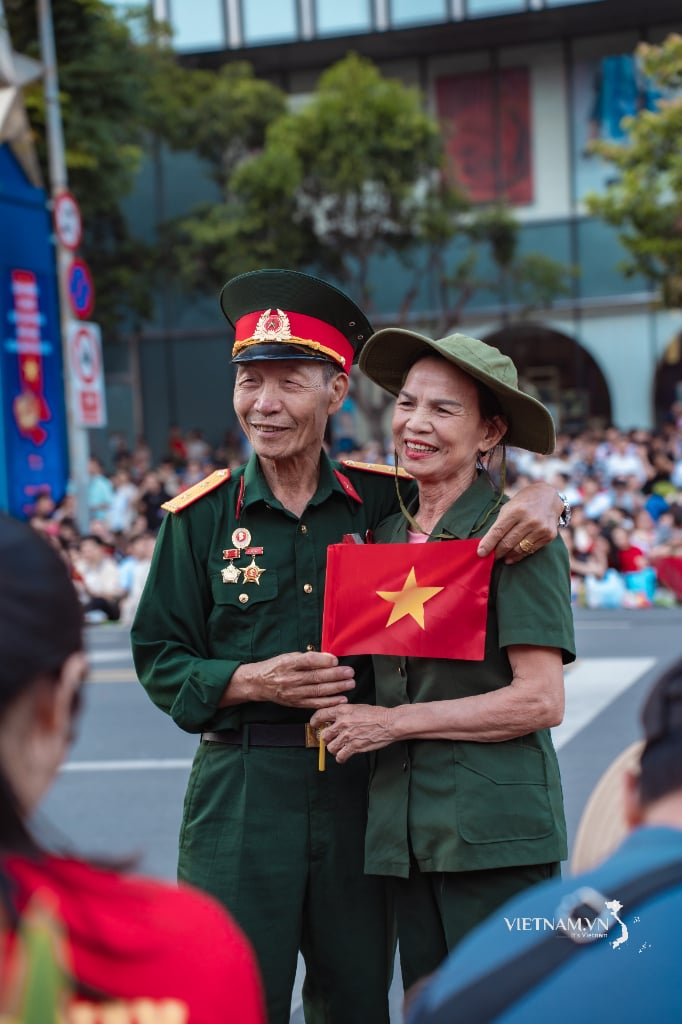
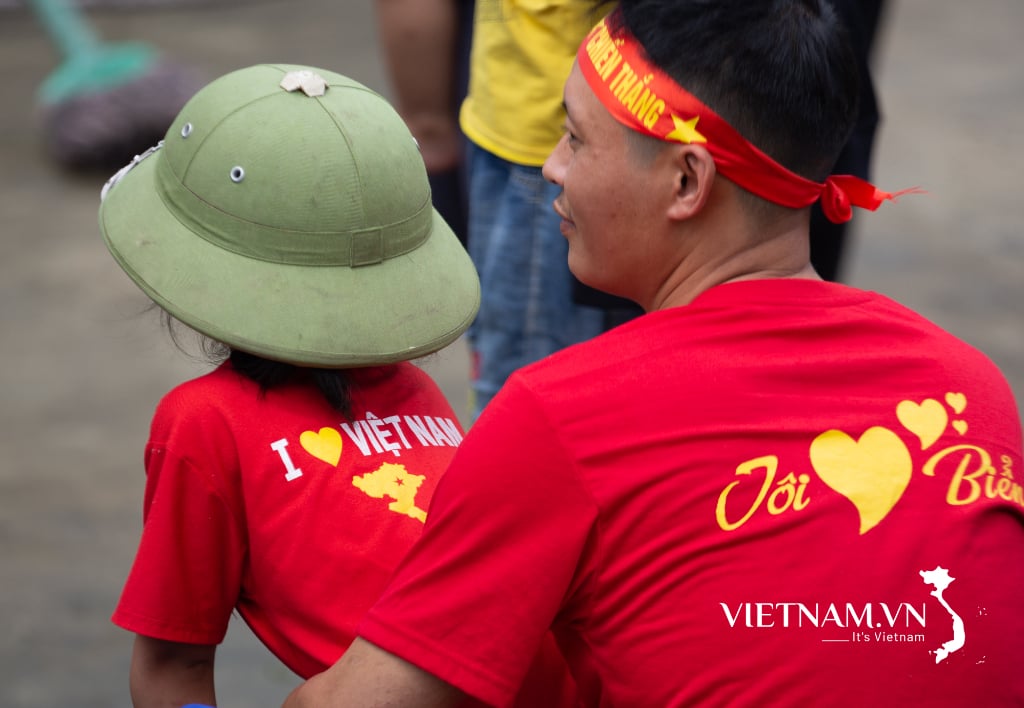
Comment (0)